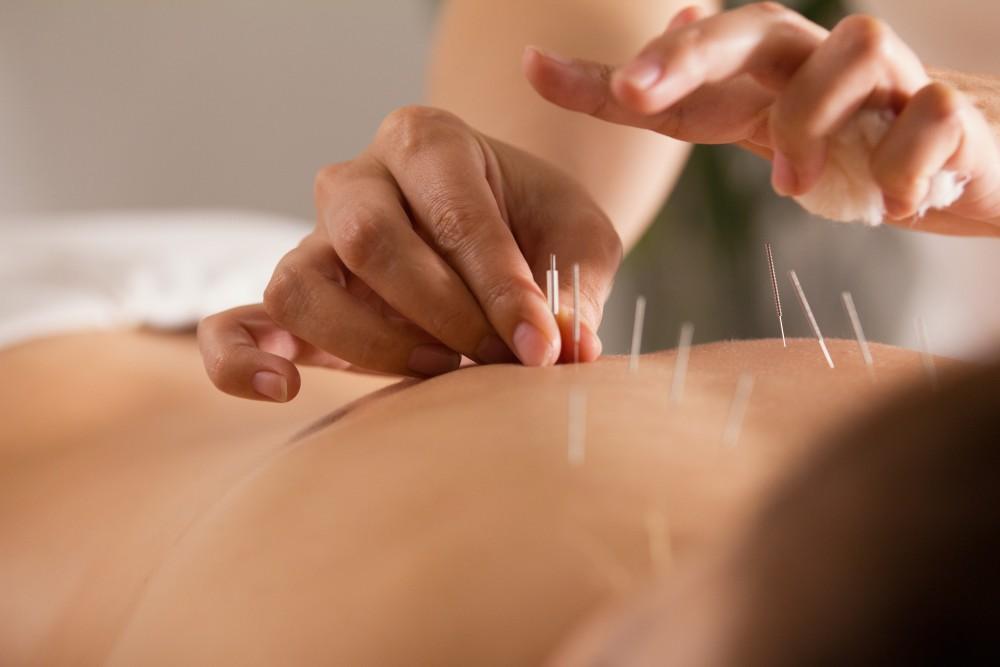
Chiropractic Techniques for Neck Pain

Neck pain is common, affecting almost 3% of the population worldwide. Often resulting from imbalances in the musculoskeletal system around your head, neck, and shoulders, neck pain is well-suited to chiropractic care, regardless of the cause of these imbalances.
Dr. Chris Cueto and our team at Herald Square Chiropractic and Sport in Midtown in New York City practice a wide range of approaches to resolve neck pain problems with gentle and drug-free therapies. Let’s look at some of the options you have for chiropractic care.
Causes of neck pain
Since your neck supports your head while also providing a wide range of motion, this top-heavy load places plenty of force on the neck and shoulders. Acute neck pain often stems from simple overexertion.
Vigorous work, long hours spent in a single position, and using computers and smartphones can add up to postures that require extra work on the joints of the cervical (neck region) spine and the soft tissues that support them. This can create long- or short-term neck pain.
Joints can wear down with time, a condition known as osteoarthritis, or from other diseases that affect them. Imbalances of the spinal structure can place pressure on nerve roots exiting the spinal cord, as can herniated discs.
Whiplash injuries, common in car accidents, can result from any high-velocity movement of the head, which overwhelms the tissues of the neck.
Chiropractic techniques for neck pain
The focus of chiropractic treatment is to help your body help itself. While you may feel fast relief from your pain symptoms, the target of our care focuses on restoring blood flow, flexibility, and mobility while relieving nerve irritation so your body’s own healing mechanisms work efficiently.
Perhaps the technique most familiar to people is manual manipulation — rotating and stretching the neck in motions that sometimes create the popping sound often parodied in comedies. This is a valid adjustment technique. However, it’s only one of several approaches used to treat the neck.
Manual manipulation is a high-mass, low-velocity adjustment, providing the force necessary to rebalance your spine. Another technique uses an activator — a small handheld instrument that uses a low-mass, high-velocity principle to deliver force in a different way.
A spring-loaded bearing in the activator delivers this force without the need to move your head and neck. It’s rare that adjustments of this nature cause the popping sound that some people find uncomfortable.
Cervical mobilization is another manual approach, but it does not involve the typical thrust motion of manual manipulation. Our team guides your head through a series of motions that gently stretch and restore mobility while reducing pain.
Mobilization is often combined with manual traction, where our practitioner gently stretches your neck while varying the angle. These techniques maximize your comfort while achieving our rebalancing goals.
Veterans of chiropractic care know about drop tables — special benches that minimize the amplitude of thrusts by releasing under our manipulations. While joint cavitation can occur with drop table adjustments, it is less frequent than with manual manipulation.
At Herald Square Chiropractic and Sport, your comfort is our priority immediately behind your pain relief. Call or click to book an appointment with us today.
You Might Also Enjoy...


Why Is the Gonstead System Considered the "Gold Standard"?

Why Is Ergonomics Important?

5 Ways to Relieve Your Chronic Joint Pain

What to Do if You're Concerned About Physical Therapy Pain


